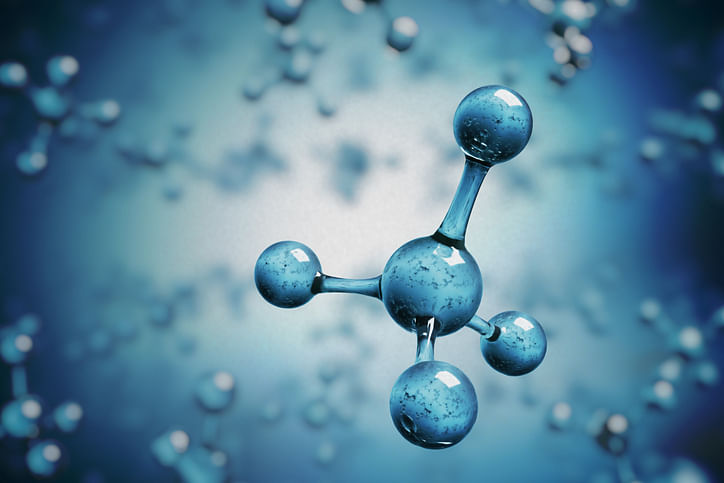
Global emissions of methane, a potent greenhouse gas, soared to a record high in 2017, the most recent year for which worldwide data are available, researchers said Tuesday.
And they warned that the rise — driven by fossil fuel leaks and agriculture — would most certainly continue despite the economic slowdown from the coronavirus crisis, which is bad news for efforts to limit global warming and its grave effects.
The latest findings, published on Tuesday in two scientific journals, underscore how methane presents a growing threat, even as the world finds some success in reining in carbon dioxide emissions, the most abundant greenhouse gas and the main cause of global warning.
“There’s a hint that we might be able to reach peak carbon dioxide emissions very soon. But we don’t appear to be even close to peak methane,” said Rob Jackson, an earth scientist at Stanford University who led the research by the Global Carbon Project. “It isn’t going down in agriculture, it isn’t going down with fossil fuel use.”
Scientists warn that if greenhouse gas emissions continue to rise on the current trajectory, the world has little hope of limiting global warming to 1.5 degrees Celsius, or even 2 degrees Celsius. If the world warms beyond that, tens of millions of people could be exposed to life-threatening heat waves, freshwater shortages and coastal flooding from sea level rise.
Methane, a colorless, odorless gas that is the main component of natural gas, is a powerful greenhouse gas that traps the sun’s heat, warming the earth 86 times as much as the same mass of carbon dioxide over a 20-year period.
Overall, global methane emissions are up 9% from the early 2000s, according to the latest findings, and human activity is responsible for more than half of those emissions. Raising livestock like cattle and sheep, which burp copious amounts of methane, is a major source of methane emissions, as is coal mining.
Methane also leaks from oil and gas wells, pipelines, distribution lines and even gas stoves, and from landfills. The rest comes from natural sources, like wetlands.
Curbing methane emissions will require better plugging leaks and other fugitive emissions from oil and gas infrastructure, like wells and pipelines, which are a major source of methane emissions, the scientists said. It will also require an overhaul of agriculture, especially cattle and rice farming, two large sources of methane emissions.